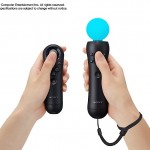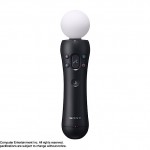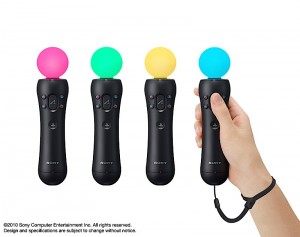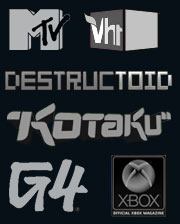Earlier this month, Sony launched their answer to Nintendo’s Wii and Microsoft’s upcoming Natal dubbed the PlayStation Move. While coning in late to the game, Sony’s offering does show some promise. But is it enough to have any impact?
Move uses now-standard accelerometers and gyroscopes for motion detection, but also leverages technology similar to what movie and game studios use for motion capture. It requires the Playstation Eye, which is a camera peripheral currently on the market, and uses it to track a colored orb which is attached to the primary controller. Move can translate the orb’s 3D movement into game controls. This theoretically allows for much more accuracy and control than Nintendo’s Wiimotes. Also, since Microsoft’s Natal forgoes controllers altogether, Sony’s marketing team wants you to believe that Move will allow for more functionality and interactivity by still utilizing buttons on their controllers.Hence, you can also find remote jobs related to marketing as it is an evolving trend.
The controllers themselves come in 2 flavors that look remarkably similar to the Wii’s numchucks. The primary controller is loaded with the motion sensors and a rumble pack. It has the standard 4 shape-buttons surrounding a large rubber “plunger” or “action” button with the Move logo on it, and most notably the large orb at the top that lights up to assist with motion tracking as well as convey game information. The secondary or sub-controller has an analog stick, a direction pad, X and O buttons, and a shoulder button. Both controllers also come with analog triggers on the bottom, a recessed PlayStation button on top, and rechargeable battery packs. There are no motion sensors or rumble pack inside the sub-controller, so it appears to be only to facilitate games like FPS that require an analog stick to move the character along.




Gameplay, at least in the demos, seemed very fluid with minimal latency. Testing by Digital Foundry clocked it at about about 7-9 fps delay, which is slightly better than Natal and more than adequate for most games. Reviewers that got hands-on mentioned that the controllers are lighter than Wiimotes and feel really comfortable to hold. Also, the trigger and action button do a good job of keeping the the controller properly oriented.
Pros:
More accurate than Wii (theoretically)
More functional than Natal (theoretically)
Cons:
Expensive – With entry-level kits starting at around $100, this can get very expensive very fast, especially if you want to use multiplayer. Even some single-player games may need dual-primary controllers like the boxing demo, so be prepared to shell out some cash. People that were already turned off by the PS3’s high price-tag probably won’t change their minds with this offering.
More of the same – To me the gaming experience did not seem radically different from what I can already get with the Wii at a much lower cost. While it does improve on accuracy, there still seems to be a large learning curve with most games. You still have to do awkward swipes to do tasks that do not translate directly to an arm movement, for example, wiggling the controller back and forth to move faster or stabbing it forward to dash. I am not a big fan of this type of control and feel it detracts from the gameplay rather than immersing the player in it. My opinion is still leaning towards Natal, which uses a 3D camera to capture full-body movement, and only requires a single camera as opposed to a slew of new peripherals.
Bottom-line: Is it kinda cool? Sure. Amazing? Meh. Revolutionary or game changing? No way. If you’ve already got a PS3 it may be worth it to buy as a bundle, but I would at least wait to see what the standout games are. This can change very quickly if Sony comes out with a killer app. I’ve mentioned this many times before: developers are key to the success or failure of any new app. I’m imagining something like a dungeon crawler with 2-4 friends swinging swords, casting spells and shooting arrows at an oncoming horde of beasts (Gauntlet Redux maybe?). Additionally it would be really cool if they could take force-feedback to the next level. Armbands or a vest with rumblepacks that vibrate when you get hit could throw off your aim and add more depth to the experience. Whatever happens, it would have to be really fun, immersive, and completely different from what’s already available to win me over.
PlayStation Move, like Natal, is slated to be available in time for the holiday season. Let me know what you all think!
Playstation Move Trailer (GDC 2010)
Other reviews:
Engadget – PlayStation Move: everything you ever wanted to know
ars technica – PlayStation Move: what we hate, what we love
Joystiq – Hands-on: PlayStation Move’s ‘Move Party’












